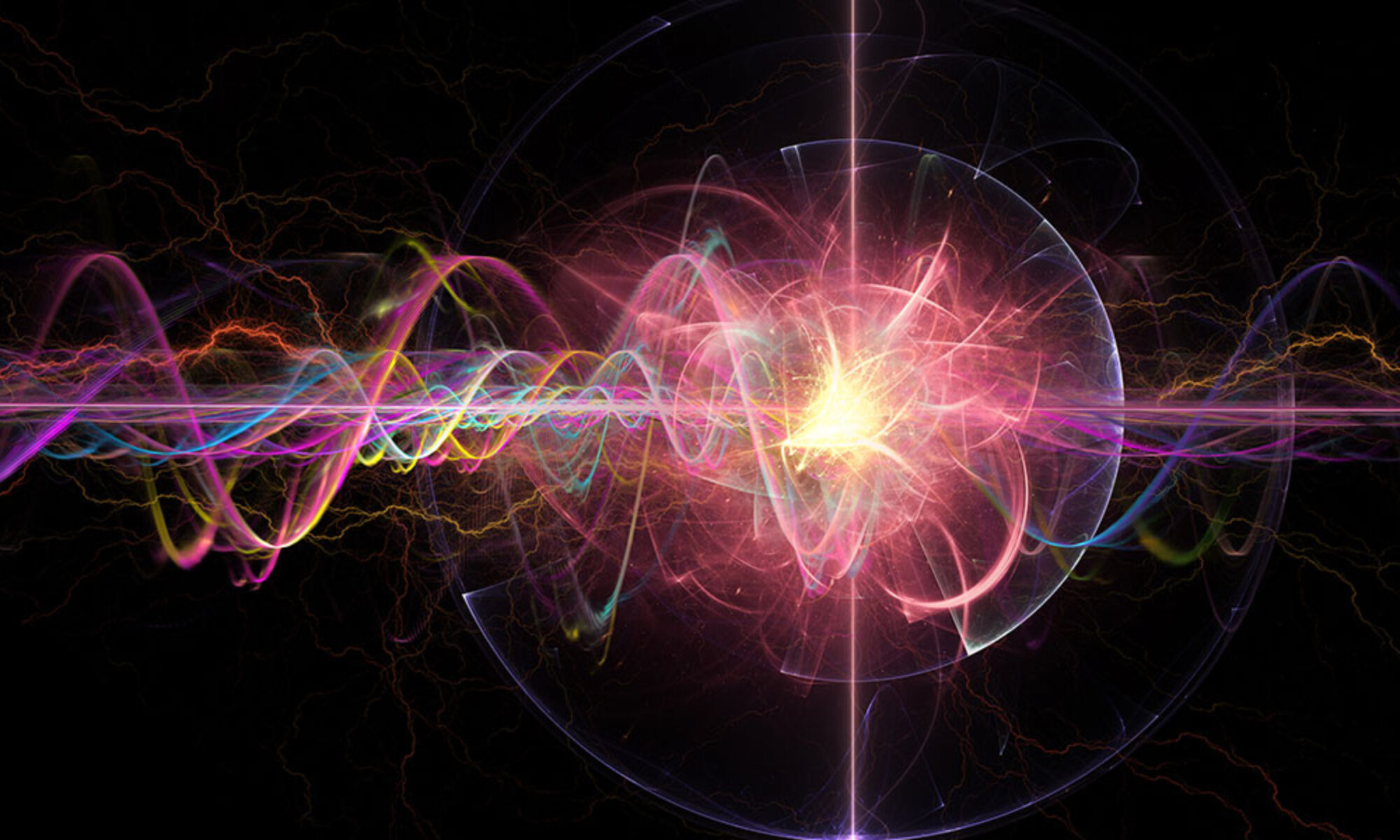
Producing clean hydrogen energy usually involves the oxygen evolution reaction (OER), which has the unfortunate drawback of being sluggish and inefficient. Catalysts can fast-track this process, but it is no easy task finding the ideal candidate for the job.
However, researchers at Tohoku University found that incorporating gadolinium (Gd) into iron (Fe)-doped nickel oxide (NiO) markedly enhances OER activity. In addition, this catalyst is naturally abundant, relatively inexpensive, nontoxic, and stable.
The study is published in Advanced Functional Materials.
Density functional theory (DFT) calculations were used to provide an in-depth analysis of the reaction mechanisms. They found that Gd-doping improves performance by opening up oxygen vacancies that facilitate the lattice oxygen oxidation mechanism.
Gd-doping reduces the theoretical overpotentials for the Fe and Ni sites, which improves performance. The overpotential was 40mV lower than Fe-doped NiO (without Gd). It also demonstrates favorable kinematics (Tafel slope: 43.1 mV dec-1).
In addition, Gd and Fe co-doped NiO exhibits a remarkable long-term stability exceeding 150 hours and robust performance in an anion exchange membrane water electrolysis system, operating continuously for more than 120 hours.
“This research plays a crucial role in advancing green energy solutions by improving water electrolysis, a key technology for producing green hydrogen from renewable sources like wind and solar power,” says Hao Li, associate professor at Tohoku University’s Advanced Institute for Materials Research (WPI-AIMR).
Green hydrogen is essential for clean energy systems, with applications in fuel cell vehicles, industrial processes, and other energy-intensive sectors. By enhancing electrolysis efficiency, this study supports large-scale hydrogen production—thus reducing our reliance on fossil fuels and lowering greenhouse gas emissions.
“We plan to scale up the synthesis process to ensure consistent production for industrial applications, and conduct extended stability tests under realistic conditions,” says Li.
More information: Yong Wang et al, Gd-Induced Oxygen Vacancy Creation Activates Lattice Oxygen Oxidation for Water Electrolysis, Advanced Functional Materials (2025). DOI: 10.1002/adfm.202500118. advanced.onlinelibrary.wiley.c … .1002/adfm.202500118
Journal information: Advanced Functional Materials
Provided by Tohoku University
